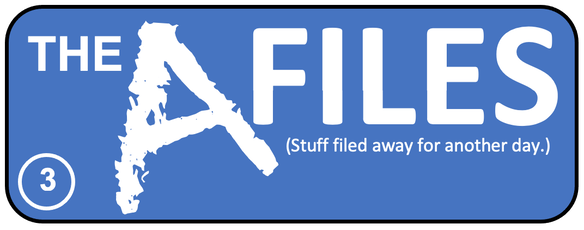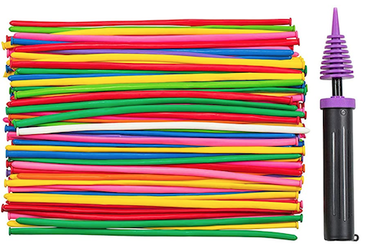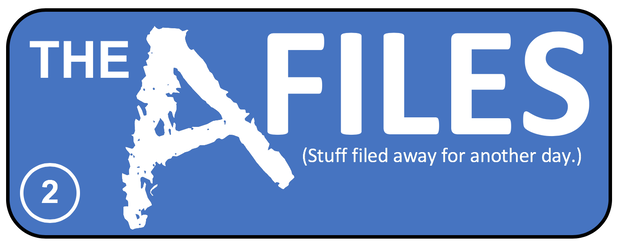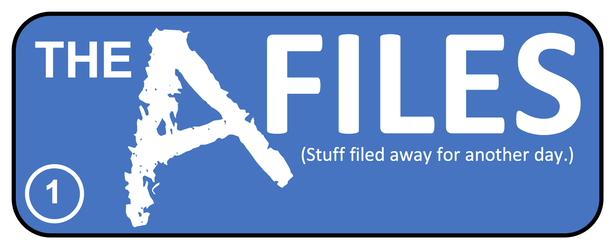At the time my mental model with Mine Field (I, personally, don't use 'Mine' any more, but it is the traditional vernacular), was that everything inside the Field was something negative. Another "A-Ha" moment and so simple. (And, I liked the frontload/metaphor of a shark tank instead of mines.)
The 'tank' (a large square rope shape on the floor) was full of game spots, stars and SHARKS. (HERE is the FlagHouse link to the set of spots used. FlagHouse also sells just the Sharks.) Here is what I wrote in my notes: A blindfolded person [who is guided by someone outside the tank] is given 3 Oxygens before heading into the tank. Step on a shark, lose one oxygen. Step on a star, gain one oxygen. Step on the other stuff? [You can decide what you will for, "the other stuff."] NOTE: Of course, if you can't invest in the FlagHouse spots, you can designate a certain obstacle in the Field as a shark and another certain obstacle as an oxygen. And have lots of other "stuff" in the Field.
The one extension/rule option I'm thinking about right now is that when a 'star' (could be any type of spot/object in the Field) is touched, it goes away. So, how will the group as a whole manage the 'positive' resources? Another idea: What if sharks can move? Or be added? (The facilitator can move or add them during the action.)
|
Pipeline Prop
Here's another quick note I had on my phone (inspired by a Facebook quote by J.K.). Use 'Twisting Balloons' (those balloons used to make balloon animals and other fun shapes) as a super-portable prop for Pipeline. (HERE is the Amazon link associated with the picture.) |
This was an idea that came to me a while ago, but have yet to try - I think it should work. First, check out THIS FUNdoing POST from 2018 to get the basic idea using playing cards (and yes, this is still my all-time favorite Ice Breaker) and then come back to this no-prop variation.
When participants pair up, there are two ways you can have them play. 1) Each person holds up fingers - 1 to 5 fingers - indicating how many 'things about themselves' they are willing to share about themselves with her/his partner. Or, 2) The number of fingers held up - 1 to 5 - is how many things the person wants her/his partner to share about her-/himself. Depending on the version, it comes down to asking yourself to do something or asking someone else to do something. 'Something' interesting to explore. (Example: You give yourself one thing to share, but you 'make' someone share five things.) After each person shares the numbered information, each person then (virtually) takes her/his partner's number and goes off to find someone else to share with. (If you try this one, please share your results. I'd love to collect some data on this idea.)
Chris Cavert, Ed.D.










 RSS Feed
RSS Feed